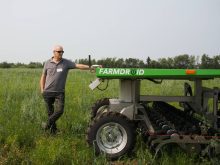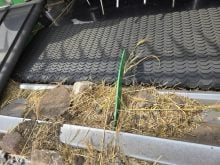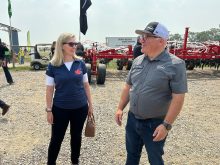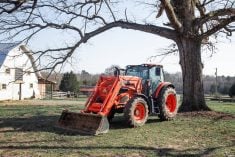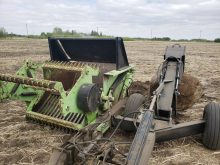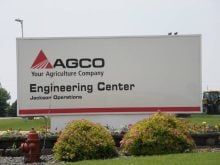TULARE, Calif. — Does the world really need a self-propelled big-square baler?
Dave Boschsler says yes.
“The world didn’t know it was going to be taking straw and corn stalks and miscanthus and using them to create alcohol, either. Big balers were for feed, but now we’re feeding a process as well as livestock,” said Bochsler, who works for Allied Systems, which builds Freeman balers.
“We build tough, high capacity balers and we had a request from the biofuel industry to come up with a baler that could bale everything from standing, dry material to cereal straw or (corn) stover dropped behind the combine … and (we wanted to) make sure it would still do a good job on hay, to keep the machine working and making money as much of the time as possible.”
Read Also
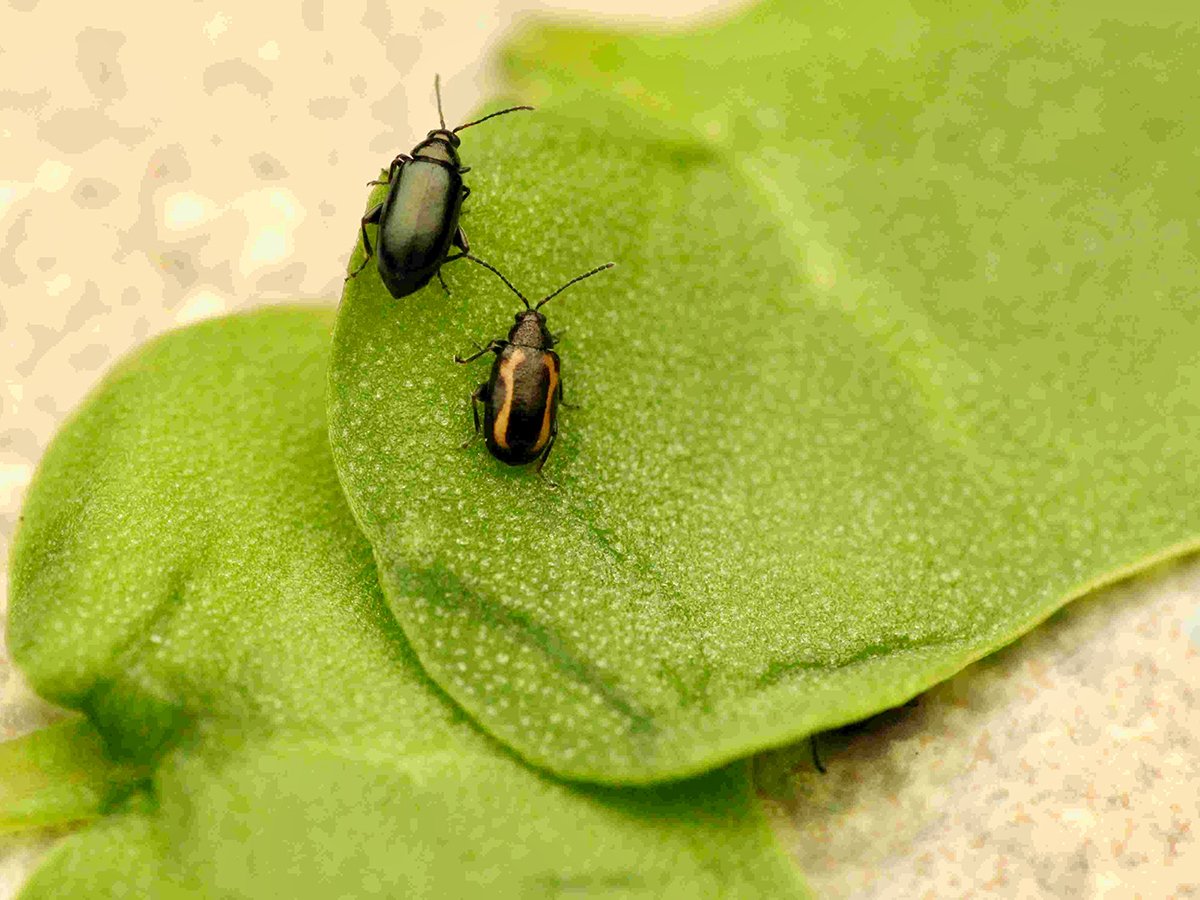
Research looks to control flea beetles with RNAi
A Vancouver agri-tech company wants to give canola growers another weapon in the never-ending battle against flea beetles.
Allied usually fully engineers its machines before putting them into production, but for its first few self-propelled balers it turned to Gary Kelderman in Oskaloosa, Iowa, who does design-engineer equipment projects.
Bochsler said Allied needed someone who knew agricultural equipment and could experiment.
Kelderman said the concept is simple, but the execution needed to be robust enough to handle tough crops and run big headers and rotary rakes for single pass production.
“This baler (the Freeman 1592D SP2) is already a hydraulic machine, right down to the plunger, so it was a good bet for customization,” he said while attending World Ag Expo in Tulare, California.
Tipton, Calif., dairy producer Danny Faria has several of the 1592 pull-type balers, and says the machines have proven to be good investments.
“We put up a lot of hay and with feed prices where they are we can’t afford to be down and losing production. They are real tough machines. Pricy, but you get what you pay for with this stuff,” said the 6,500-cow dairy farmer about the Freeman core units that Kelderman built around.
The Iowa design-build specialist created a frame that would carry the driveline and the baler.
He also put in a Deere nine litre, 375 horsepower engine, attached it to a Sauer Danfoss 90 series hydrostatic transmission and used them to feed four Poclain M621 steerable wheel motors.
He said the baler draws power for hydraulic pumps from “every place we could mount one. That way no process would ever be starved of power.”
Four-wheel steering means the machine can turn tighter than a tractor-pulled unit.
Autosteer is provided by a Deere Star-fire system atop a Deere 9000 cab, which is mounted on a Kelderman air suspension. The cab is mounted ahead of the Deere engine. Three cameras watch over the machine.
An Avery bale scale weighs the bales and a Deere moisture monitor checks them on the go.
A bale accumulator collects up to three, 38 by 46 inch faced bales, but 34 and 36 inch sizes can be made using a different face plate.
Bochsler said his company has been working with Winnipeg’s MacDon Industries, and the first baler from the Kelderman-Freeman partnership, the 1592D SP2 4x4x4 Biomass Special, will sport a MacDon header or a Vermeer basket rake to collect product.
Kelderman said he can see several uses for the baler.
“It has potential to work without the windrow for rapid drying of hay as well,” said Kelderman.
“We can see this baler being busy up in Canada as biomass fuel develops. You’ve got those big farms and think big.”
Dropping the header or rake leaves the machine ready for traditional baling.
Bochsler said the system is also designed to reduce wheel tracking in the field.
“There is already way too much traffic in fields. Soil compaction is an issue for just about everybody. If it is baling a grain crop (the field) has already seen three to five or more sprayer trips, seeding, maybe fertilizer applications and then a combine.The last thing you want after a baler is an overloaded tractor picking bales and putting them on a highway truck and trailer in your field,” he said.
The self-propelled baler’s accumulator means that in most cases the bales can be dropped at a field’s edge, keeping more of that high impact traffic off the growing ground.
For more information, contact Bochsler at 503-625-2560 or dave.boschler@alliedsystems.com and Kelerman at 800-334-6150 or gary@kelderman.com.





